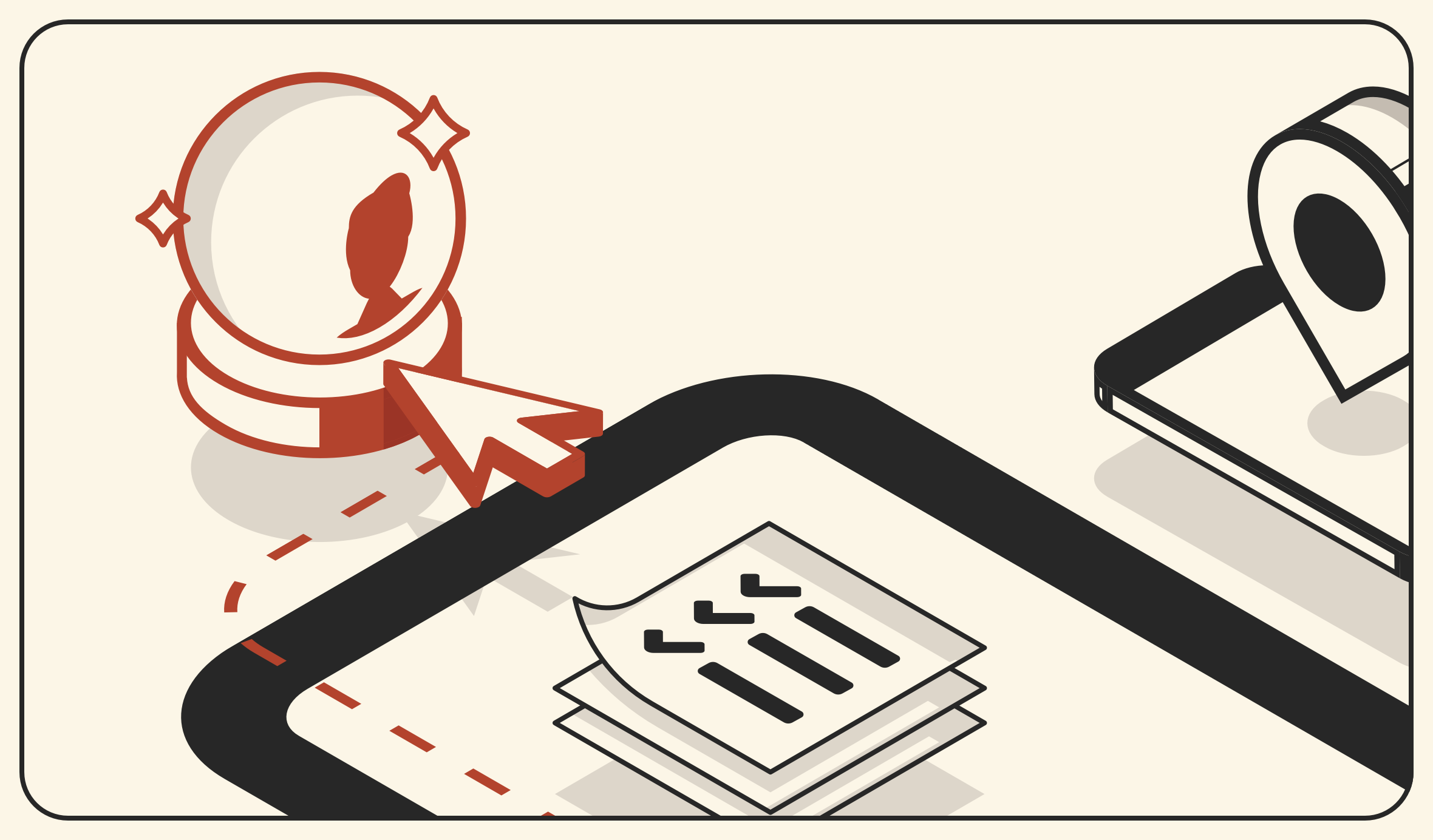How to Boost User Engagement: Anticipate User Needs

How do you boost user engagement?
That’s a question we often get from clients. They tell us people aren’t logging in to their app enough or using the fancy new features they built. Users don’t seem to know how to engage with the product or they’re not taking advantage of upgrade options.
Here’s the not-so-secret trick to improving user engagement -__ give people what they want when they want it.__
While that feels like a common-sense goal, we've come across plenty of product teams who have lost their way in a dense fog of competing business priorities and urgent feature requests.
This is Part 2 in our series on the three main principles of user engagement that we use to help clients reach their business and UX goals. Read Part 1.
For an overview of our general approach to the topic, watch my video conversation with our lead product strategist, Alicia Fremling.
Dissolve Complexity and Create Delight
Once you’ve identified the core jobs to be done, you can begin the process of building solutions that address real user needs. To do this, we encourage our clients to take the time to build journey maps. This helps you identify where users are getting stuck in the current process and how you can help them.

If you’ve done the research on your users and taken the time to map their pain points, you’ll start to see opportunities to anticipate their needs. This is where the true magic of user engagement happens. These are the places in the user interface and moments in the journey where you can deliver what the user needs and wants before they even realize they need or want it.
Like an enthralling book or movie, it takes thoughtful planning and trial and error to create spontaneous and delightful moments in a product. When sketching and brainstorming solutions, you need to consider the entire experience.
All the touchpoints you have with your users - from text alerts to emails to phone calls - play a role in the user experience. Thoughtful design that anticipates the needs of your users keeps them coming back for more. But it can’t be built in a day. It takes a constant focus on continuous improvement.
One of our favorite examples of a company that understands the value of anticipating needs is QuikTrip. This Oklahoma-based convenience store chain consistently outperforms larger competitors like Circle K and it’s on Forbes’ list of the largest privately-held companies. How? By focusing on thoughtful operating decisions that anticipate customer (and employee) needs.
First, they design their stores to be easy to navigate with organized shelves, clean bathrooms and parking lots, and quick and friendly service from loyal and well-compensated employees. They focus on continual process improvements that remove or add steps based on real-time customer feedback and employee input.
Every store has three checkout terminals and they batch process their credit card transactions at the end of the day to prevent long customer lines. They even offer three times as many gas pumps as competitors, so there’s always an open pump. This keeps customers and employees happy while delivering on their brand promise to be “more than a gas station.”
Do Your Homework to Get it Right
QuikTrip knows that these moments of delight don’t just come out of thin air. It puts in the work to find out what customers want so it can continuously improve its services. Employees regularly participate in resource groups to discuss problems and potential solutions, secret shoppers evaluate the stores and employees, and the QT Insights Panel offers customers coupons in exchange for their feedback and insights.
These mechanisms allow QuikTrip to get better incrementally over time rather than wait for one big earth-shattering innovation. As their CEO says, “I don’t necessarily think QT is good at literally inventing things...However, we are, I think, really good at working toward perfecting things that already exist.”
That kind of continuous improvement can have a huge impact on user engagement and your business. If you aren’t sure where to start in your journey to understand and anticipate user needs, contact us to see how our iterative design thinking approach can help you perfect your user experience.